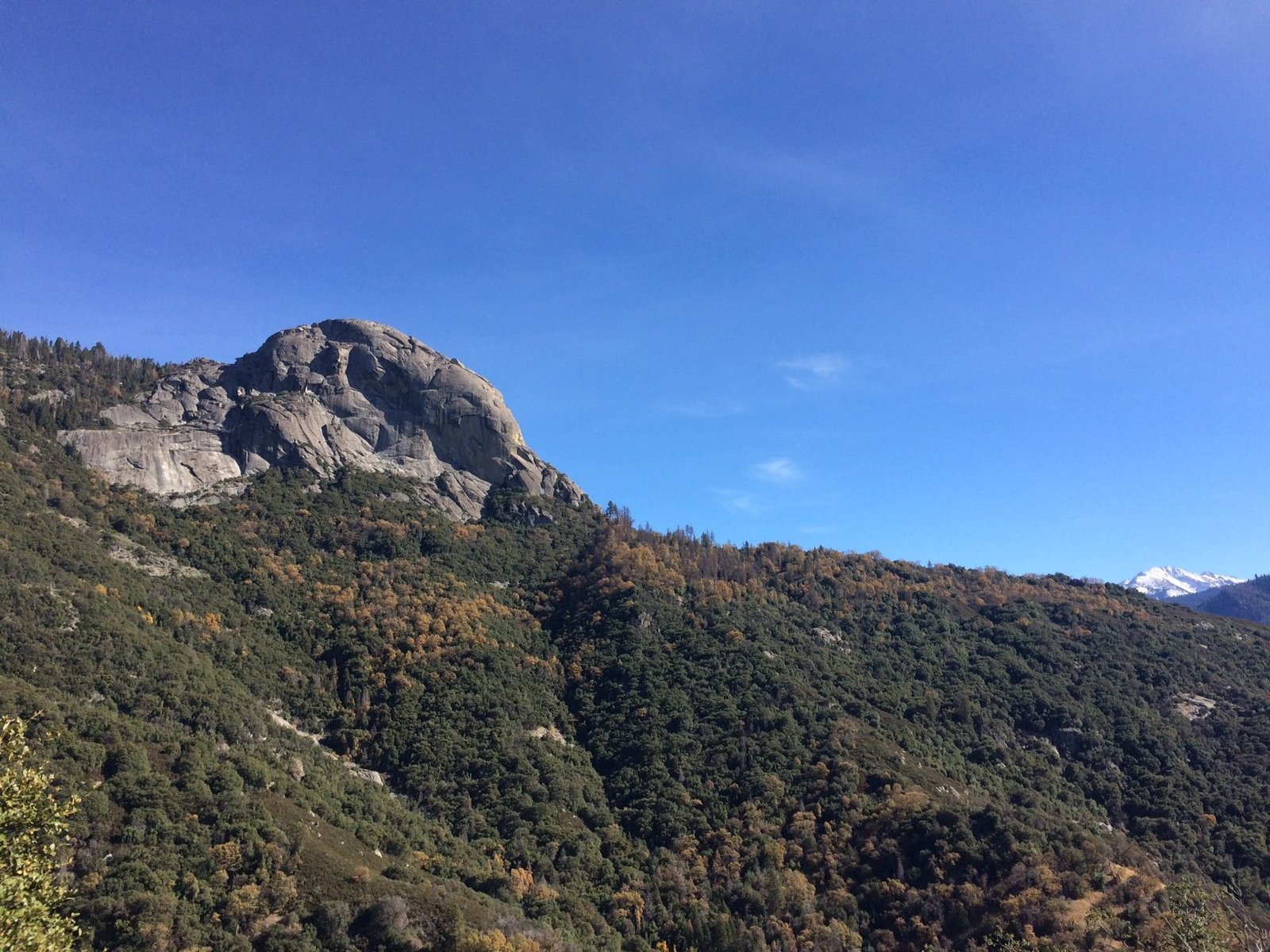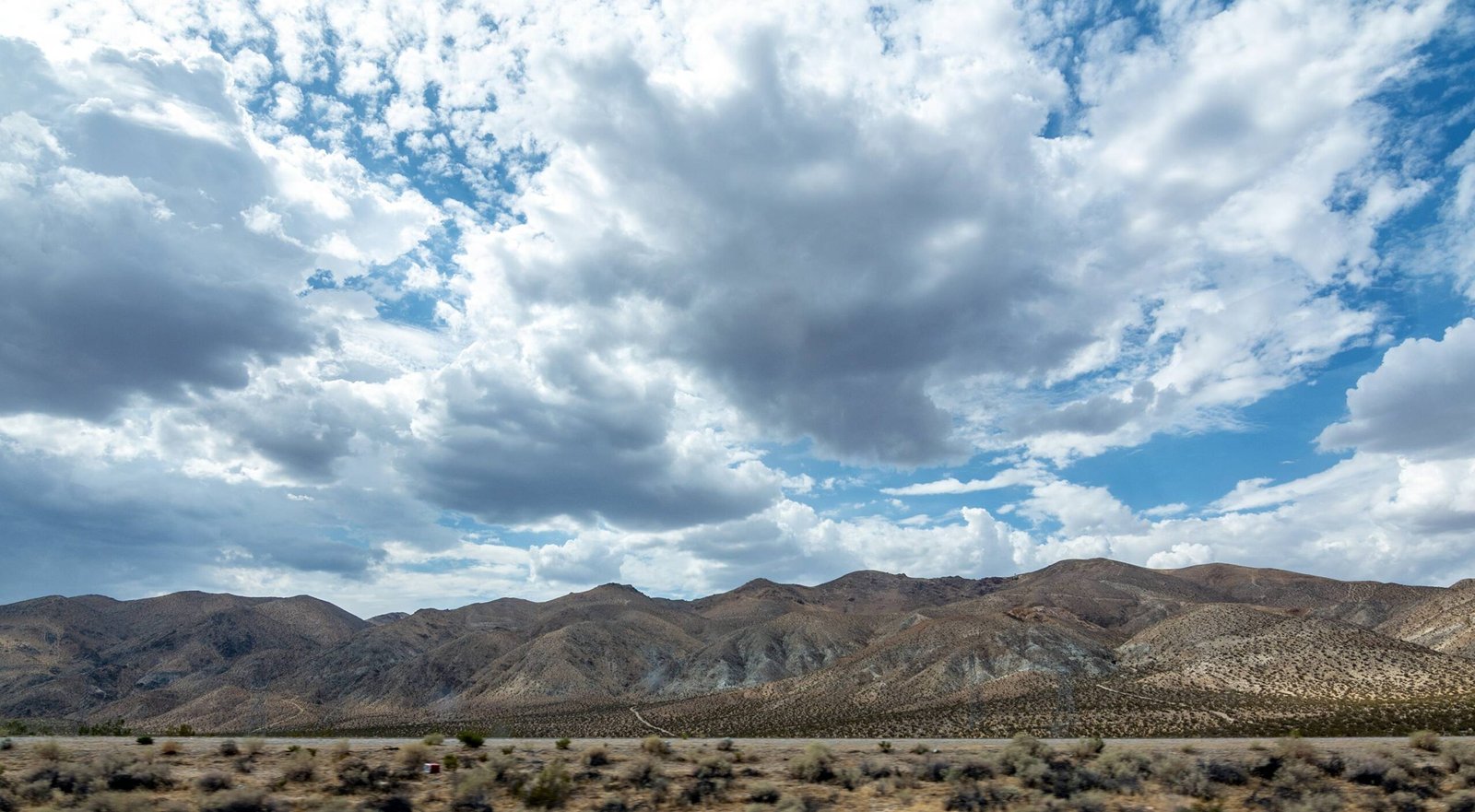Sequoia National Park is home to various blue bird species, with the Mountain Bluebird being a prominent resident. These vibrant birds inhabit diverse ecosystems within the park, from montane forests to alpine meadows. Visitors can observe Mountain Bluebirds in their natural habitat, engaging in aerial foraging and nesting in tree cavities. This guide provides essential information on blue bird species, optimal viewing locations, and tips for responsible bird watching in Sequoia National Park.
What Blue Bird Species Can Be Found in Sequoia National Park?

The primary blue bird species found in Sequoia National Park is the Mountain Bluebird (Sialia currucoides). These striking birds are known for their vibrant blue plumage and are well-adapted to the park’s diverse habitats.
Mountain Bluebird Characteristics:
- Appearance: Males have bright sky-blue plumage, while females display a more subdued grayish-blue coloration.
- Size: Typically 6.5-7.5 inches in length with a wingspan of 11-14 inches.
- Diet: Primarily insectivorous, feeding on grasshoppers, caterpillars, and beetles.
Habitat Preferences:
Mountain Bluebirds in Sequoia National Park inhabit a range of ecosystems:
- Montane forests
- Alpine meadows
- Open woodlands
- Subalpine zones
These birds adapt well to various elevations, from lower montane areas to high-altitude environments above 10,000 feet.
Where Are the Best Locations to Observe Blue Birds in the Park?

To maximize your chances of spotting Mountain Bluebirds in Sequoia National Park, focus on these key areas:
- Montane Forests and Meadows
- Elevation: 6,000-8,000 feet
- GPS Coordinates: Approximately 36.55°N, 118.73°W
-
Notable Trails:
- Alta Peak Trail
- Heather Lake Trail
-
Subalpine and Alpine Areas
- Elevation: 8,000-10,000 feet
- GPS Coordinates: Approximately 36.57°N, 118.40°W
-
Key Features: Lakes, meadows, and open forests near Sierra Nevada peaks
-
Lodgepole Visitor Center Area
- Surrounding meadows offer excellent bird watching opportunities
- Accessible facilities and parking available
What Are the Best Times and Seasons for Blue Bird Watching?
To optimize your blue bird watching experience in Sequoia National Park, consider the following:
Optimal Times:
- Early morning (dawn to mid-morning)
- Late afternoon (2-3 hours before sunset)
Seasonal Considerations:
- Spring (April-June): Breeding season, increased activity and vocalizations
- Summer (July-August): Nesting period, observe parental behaviors
- Fall (September-October): Potential for migratory movements
- Winter (November-March): Some Mountain Bluebirds may remain in lower elevations
What Equipment Should I Bring for Blue Bird Watching?
Equip yourself with the following items for a successful blue bird watching experience:
- Binoculars (7x or 8x magnification recommended)
- Spotting scope for distant observations
- Field guide specific to Western birds
- Camera with telephoto lens (optional)
- Weather-appropriate clothing and sturdy hiking shoes
- Water and snacks for extended outings
How Can I Practice Responsible Bird Watching in Sequoia National Park?
Follow these guidelines to ensure a respectful and sustainable bird watching experience:
- Maintain a safe distance from birds to avoid disturbance
- Do not use recorded bird calls or playback devices
- Stay on designated trails to protect habitats
- Follow Leave No Trace principles
- Report any unusual sightings or behaviors to park rangers
What Accessibility Options Are Available for Blue Bird Watching?
Sequoia National Park offers various accessibility options for bird watchers:
- Accessible Trails:
- General Sherman Tree Trail (partially accessible)
-
Big Trees Trail (fully accessible)
-
Visitor Centers:
- Lodgepole Visitor Center: Accessible parking and restrooms
-
Foothills Visitor Center: Wheelchair-accessible facilities
-
Transportation:
- Free shuttle services during peak season (typically late May to early September)
- Some shuttles equipped with wheelchair lifts
Are There Any Specific Challenges or Regulations for Blue Bird Watching?
When planning your blue bird watching excursion in Sequoia National Park, be aware of the following:
- Parking Limitations:
- Limited parking at popular trailheads, especially during peak season
-
Arrive early or use shuttle services when available
-
Elevation Considerations:
- High altitude may affect some visitors
-
Acclimatize gradually and stay hydrated
-
Wildlife Regulations:
- Maintain a minimum distance of 25 yards from all wildlife
-
Do not feed or approach wild animals, including birds
-
Seasonal Closures:
- Some areas may be closed due to weather conditions or wildlife protection
- Check with park rangers for current closures and restrictions
By following these guidelines and respecting the natural habitat of blue birds in Sequoia National Park, visitors can enjoy a rewarding and responsible bird watching experience while contributing to the conservation of these beautiful creatures and their ecosystem.

